In the dynamic landscape of sustainable construction, C-Crete Technologies is making waves with its innovative zeolite-based concrete. Zeolite was used as the binder instead of Portland cement on November 16 for the pouring of a 20-ton slab-on-grade outdoor concrete foundation and sidewalk stairs at 7200 Woodlawn in Seattle. This pour adds to earlier pours of about 100 tons of C-Crete cement-free concrete made with various feedstocks (all in the same building). This groundbreaking material, a game-changer in sustainable construction, marks a significant shift in addressing environmental concerns in the building industry. Here’s a closer look at the key aspects of this development, woven with technical intricacies and architectural insights.
C-Crete’s zeolite-based concrete, a first of its kind, uses zeolite as a cementitious binder, replacing traditional Portland cement. This switch is crucial since Portland cement contributes to about 7% of global CO2 emissions. The new material can significantly reduce the environmental impact of the construction industry.
The concrete demonstrated exceptional flowability, crucial for compatibility with current cement pumping equipment. Achieving a loading strength of over 5,000 pounds per square inch, it surpasses the ASTM standard of about 4,000 psi for most applications. Notably, the material meets key industry standards and showcases robust durability, evidenced by its resistance to freeze-thaw cycles, alkali-silica reactions, and chloride and acid penetrations.
Each ton of C-Crete binder replacing Portland cement prevents approximately 1 ton of CO2 emissions. The binder also absorbs CO2 over time, enhancing its environmental benefits. C-Crete’s approach of using local minerals and industrial by-products ensures an abundant feedstock, supporting scalable production and deployment.
Similar Posts
Dr. Rouzbeh Savary, founder and president of C-Crete, emphasized the importance of this development, stating, “We are thrilled to introduce our cement-free concrete, a game-changer in sustainable construction.” Donald Davies, the owner of the Seattle building where the concrete was poured and chair of Building Transparency, highlighted the material’s readiness for scaling into production and its real-world applicability.
C-Crete is poised to transform the construction landscape with its focus on environmental stewardship and technological innovation. The company’s vision is to utilize the Earth’s crust composition to make cementitious binders, thereby reducing the carbon footprint of one of the world’s most commonly used substances.
In essence, C-Crete Technologies is not only addressing the urgent need for sustainable construction materials but also setting a new standard in the industry. By leveraging materials science and nanotechnology, they are poised to make a significant impact on reducing carbon emissions in the construction sector.
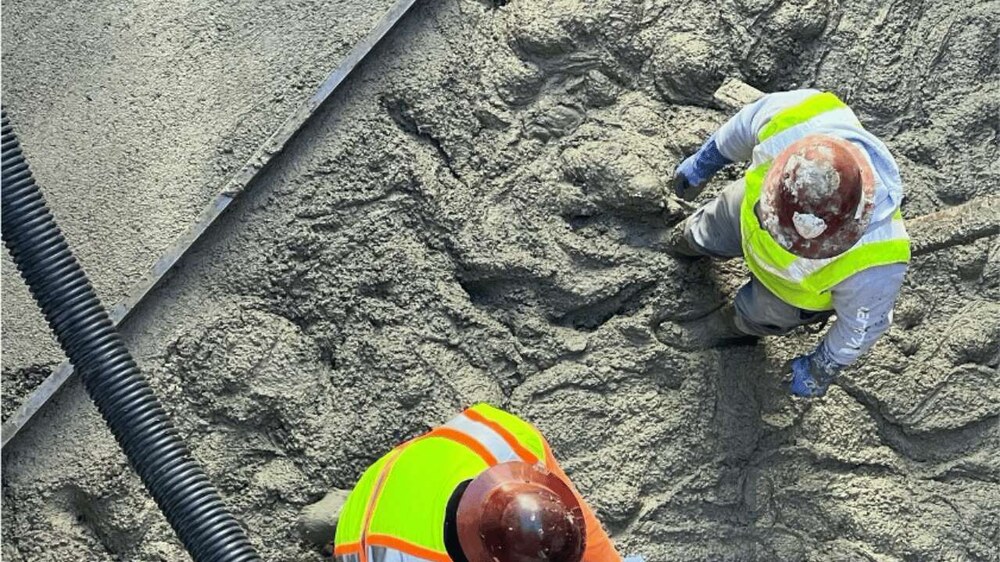

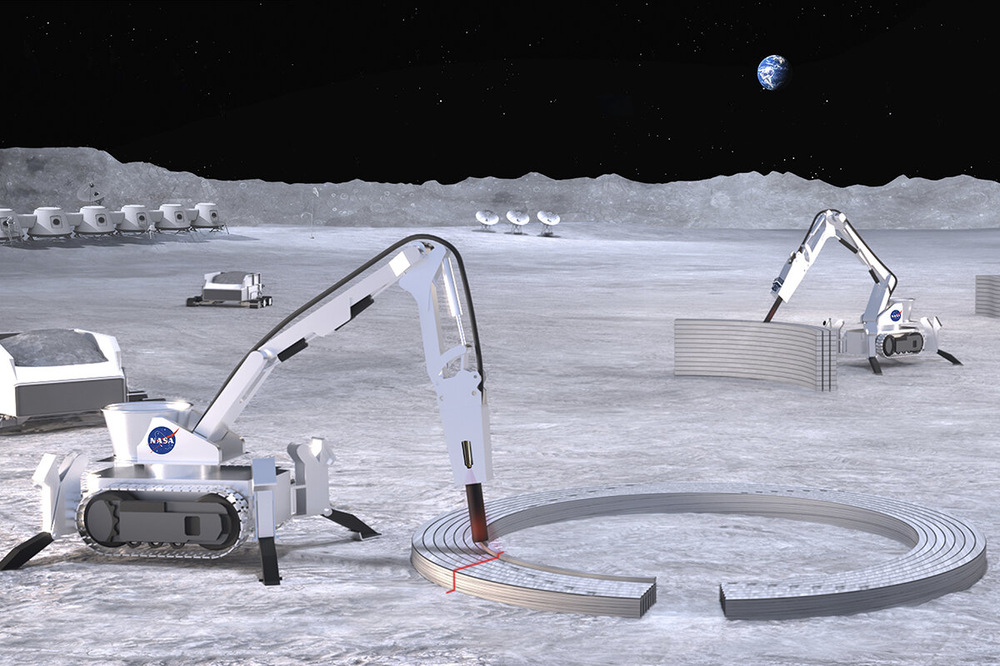
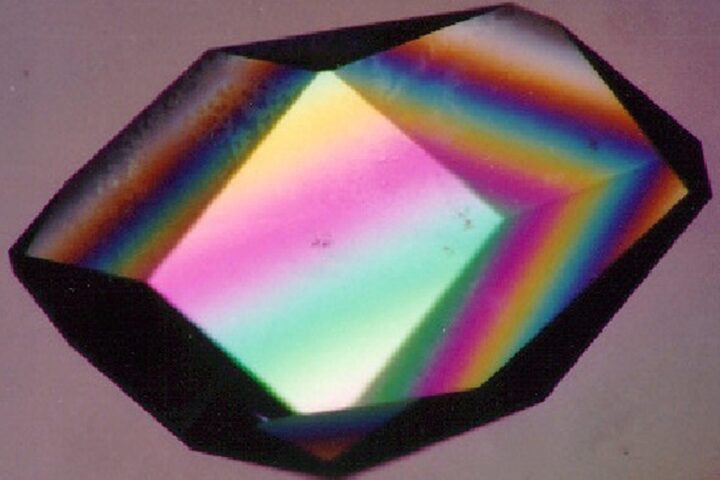
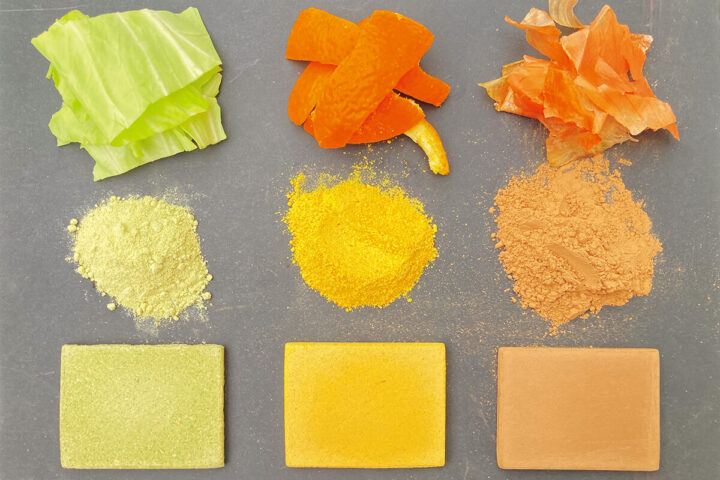
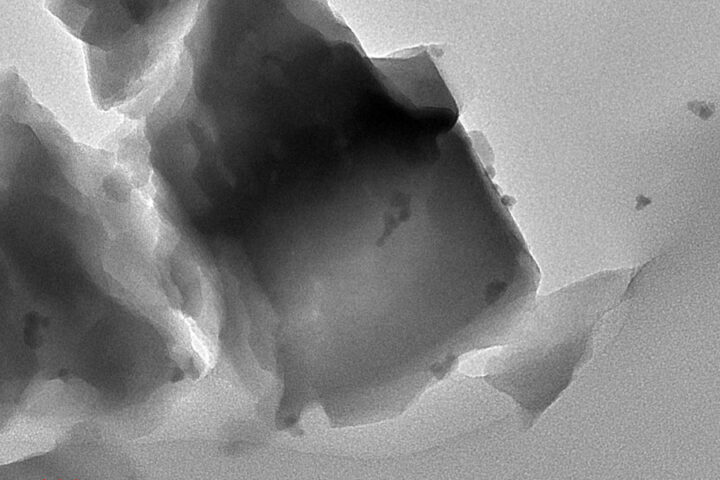
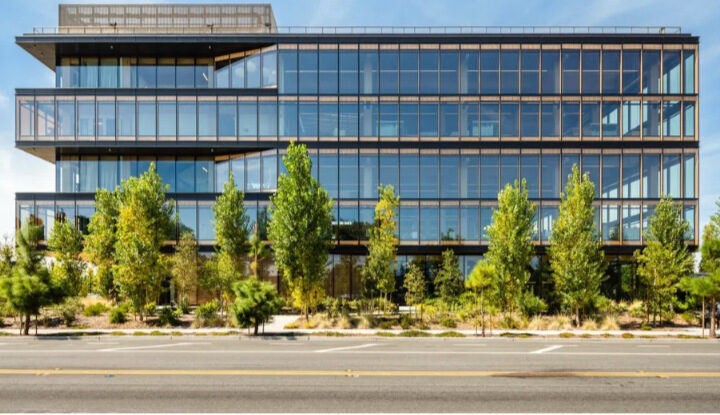

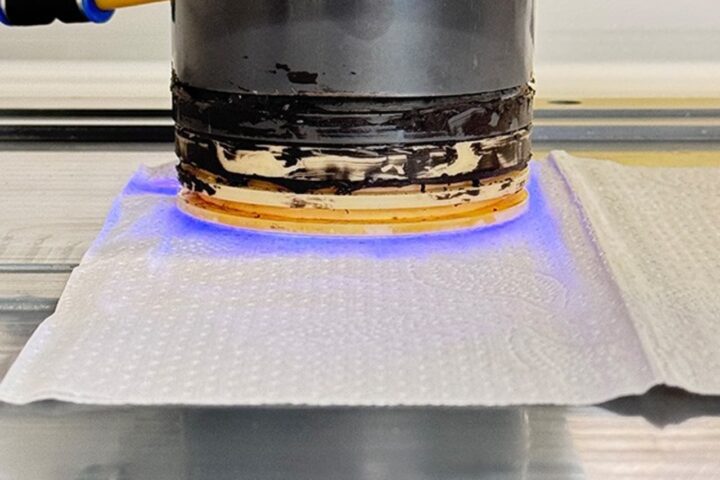
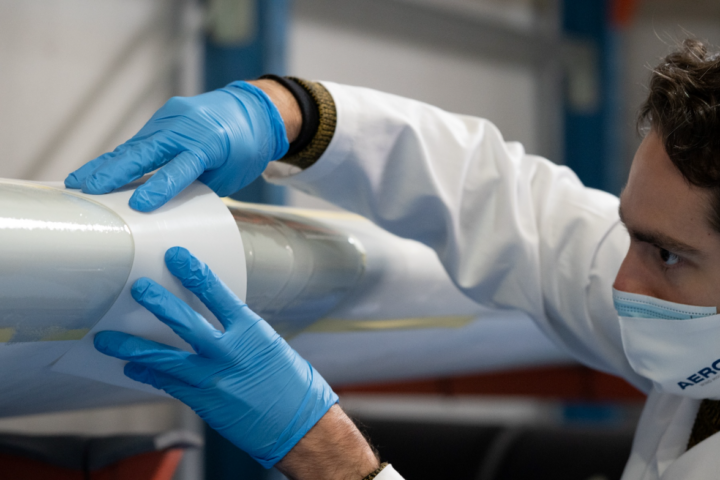

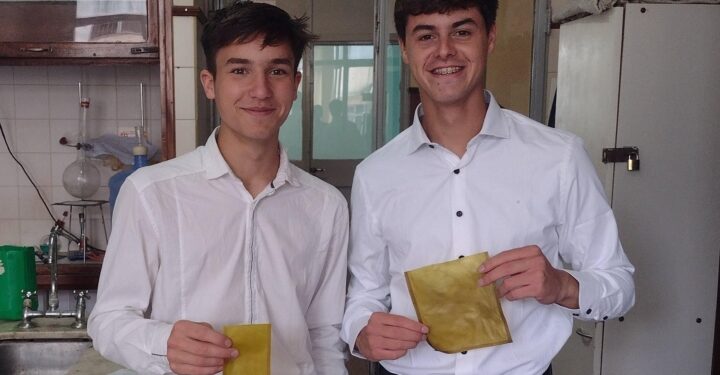
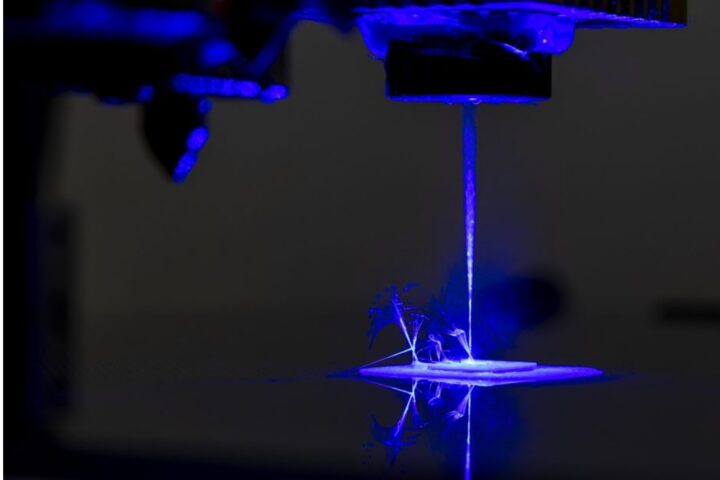
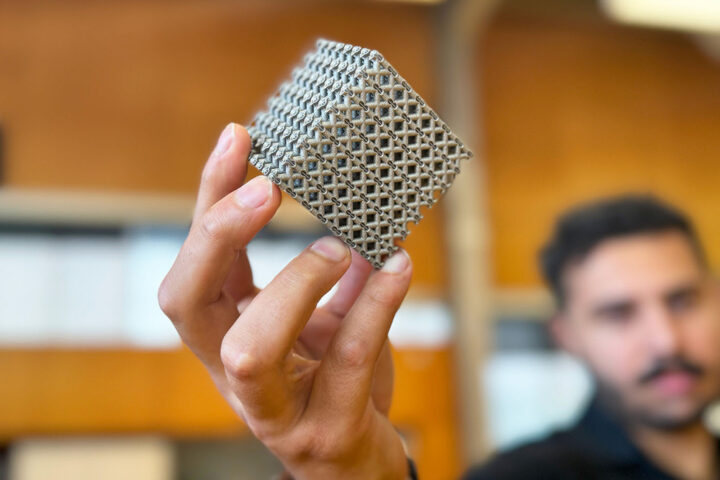
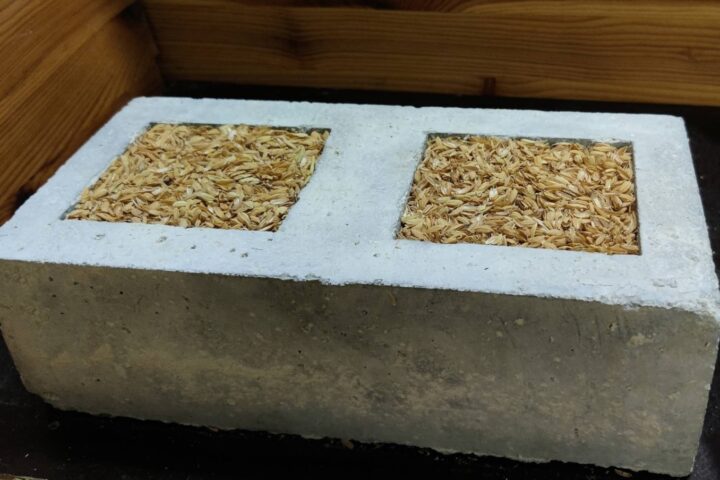
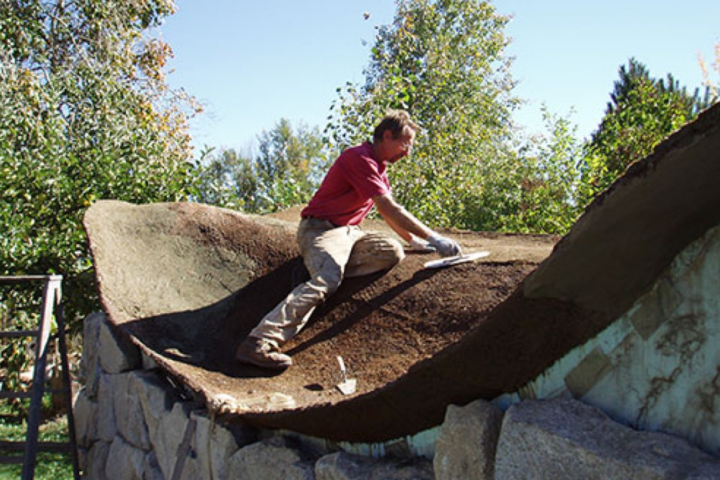
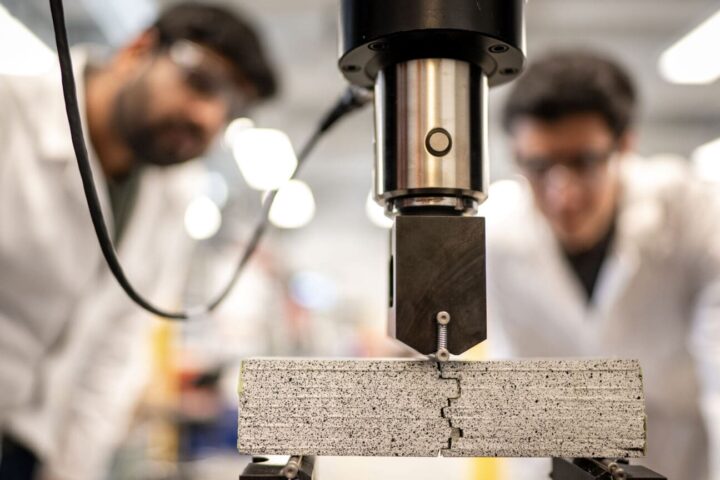
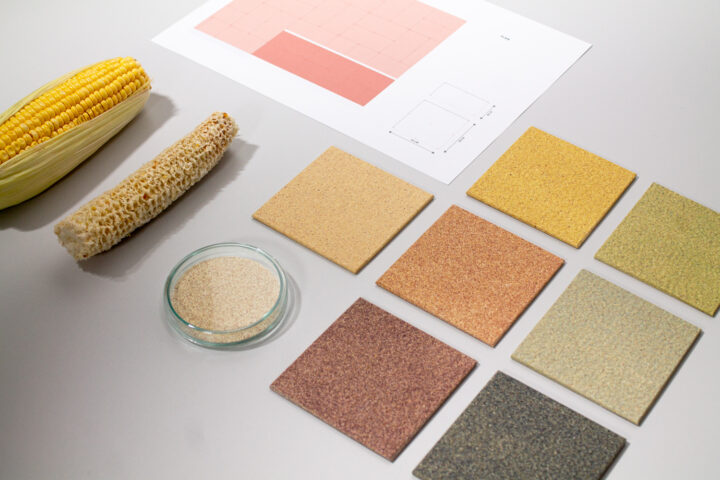
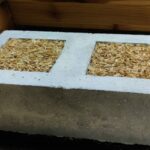
I love to know more about this product